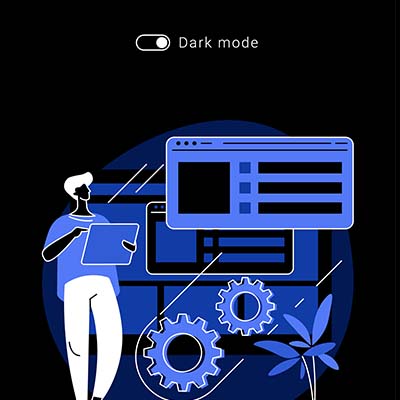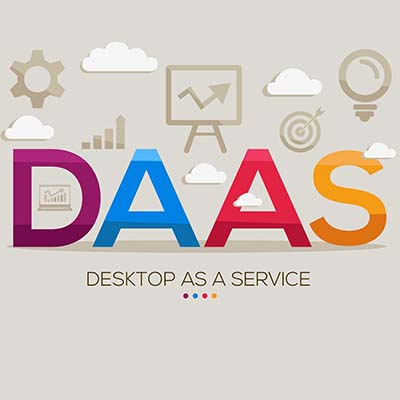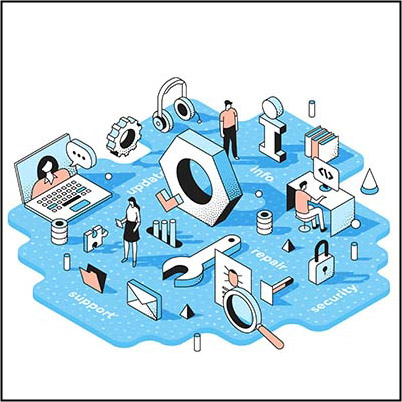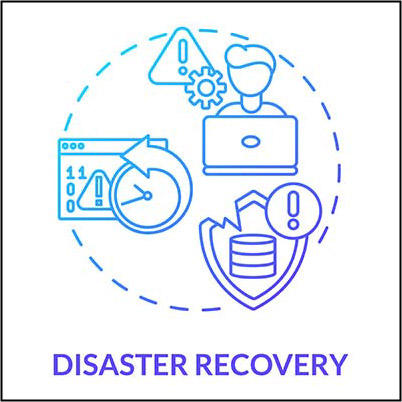The Internet of Things grows larger with every passing day, and with so many connected devices with Internet functionality entering the world, one has to wonder how this impacts cybersecurity. Let’s take a look at what could potentially be changing as the Internet of Things expands its borders and scope.
Ransomware is a top threat, and it’s definitely not going anywhere anytime soon. To help you best combat it, let’s take a look at what you can do to keep ransomware from disrupting your organization and its operations. We’ll provide a brief overview of what ransomware is and what you can do to take the fight to it.
Staring at a bright computer screen all day can bother your eyes, especially if it’s done on a routine basis. We know that staying away from computers and devices is something that we cannot really get away from in the business environment, but you can take steps to make it more manageable and easier on your eyes through the use of Dark Mode.
Cloud computing has been a major topic of discussion in the business world, but many IT professionals have been skeptical of the practice over the years due to security concerns and issues with management. However, technology advancements have allowed businesses to implement cloud computing in previously unforeseen ways, leading to more convenient, flexible, and affordable solutions as a whole.
Your desktop infrastructure is one of the most important parts of your organization, and there are several ways to manage it. One way is through Desktop-as-a-Service, an option that can help you move away from the traditional workstation and embrace a new technology management philosophy. How might you get value out of this service? Let’s take a look at what makes DaaS so special.
Businesses use different types of software to fulfill various tasks and functions throughout the workday, but there are certain practices you can implement today that can help you better manage your software solutions. Here are three ways your organization can take better care of its software infrastructure, regardless of industry or business size.
You may have seen us use the term “redundant” on this blog often, and if you are not necessarily familiar with how it might be used in the context of business technology, we understand how you could misconstrue the word in a negative light. However, redundancy is one of the most important concepts to understand in business technology, and it’s key to your business’ continued success.
If you have to rely on remote workers as a small business, you might fear what they represent to your operations: a lack of control, security challenges, and of course, productivity issues. However, in today’s remote workplace, it is important to acknowledge that remote workers played a critical role in saving countless organizations throughout the course of the pandemic.
Phishing attacks are nothing new in the business world, and they will almost certainly become more prevalent as time passes. Unfortunately, phishing attacks have adapted their practices to get around advancements in security technology, so businesses must work extra hard to spread awareness of phishing to their employees and train them appropriately.
Network security is a constant problem for many organizations, and it’s mostly because of the many advanced threats that make their homes on the Internet. Businesses who don’t have dedicated IT resources or security professionals do not know how to handle network security or appropriately protect their assets. Let’s examine some of the more common threats that your business should be prepared to address.










